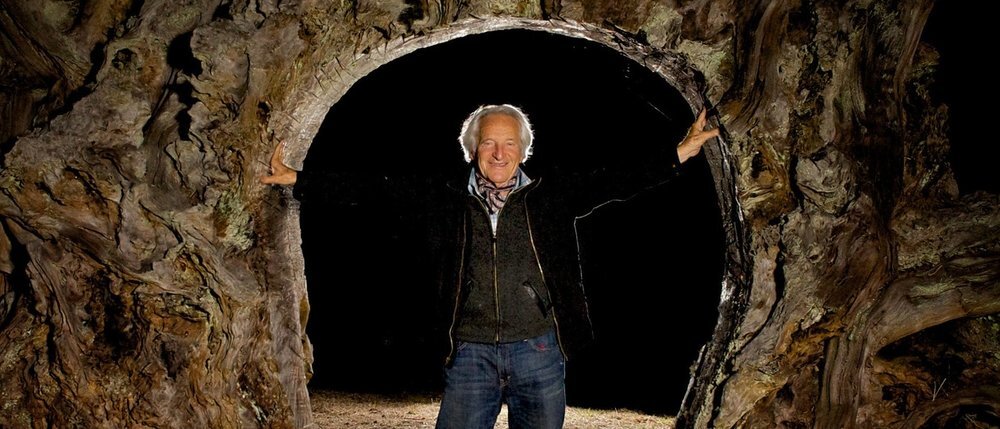Inspirations & Definitions
Let’s face it, we have known what we have needed to do and have resisted taking action for far too long. This house reno project is inspired by the work of Yale architectural historian (and my professor) Vincent Scully and that of scientist, entrepreneur and energy expert Saul Griffith. It is dedicated to our children in the name of all children who deserve the chance to be stewards of a healthy planet.
The techniques to build green have been around and practiced for at least a half century. Let me give you just one example of someone whose work demonstrates this point and deserves to be far better known. I found his Integral Urban House - Self Reliant Living in the City in a local second hand bookshop. It blew my mind! Sym Van Der Ryn’s book has a place of honor in our library alongside Stewart Brand’s Whole Earth Catalogue and Martin Holladay’s Musings of An Energy Nerd.
Sym Van Der Ryn and Demonstration Houses
Sim Van der Ryn—architect, author, and educator—has been integrating ecological principles into the built environment for more than 50 years. He spent 35 years as professor of architecture at UC Berkeley and was California’s State Architect for Governor Jerry Brown in the late 1970s, designing and building the State’s first energy efficient and climate-responsive building. Sim’s signature style, his collaborative approach and meta-disciplinary accomplishments continue to show us the way to an evolving era that values both the integrity of ecological systems and quality of life for all. The Integral Urban House - Self Reliant Living in the City is the bible of the sustainable urban living. http://simvanderryn.com
“The history of the IUH (Integral Urban Home) begins in 1972, on the cusp of the impending energy crisis and coinciding with a burgeoning optimism for sustainable living in the post-industrial era. That fall, at UC Berkeley’s College of Environmental Design, architects Sim Van der Ryn, Jim Campe, and Carl Anthony developed a novel architectural studio course titled “Natural Energy Design.” Focused on using quantitative studies of natural resources as the “raw data” of architectural design, the course resulted in the publication of the Natural Energy Design Handbook, a guidebook for creating sustainable architecture based on the cycles of energy found in the environment. It was also through the development of this course that Sim Van der Ryn advanced his proposal for an urban ecology movement in architecture he called Whole Systems Design. Within the framework of Whole Systems Design, if the environment could be reduced to a measurable system of resources, architecture could then function as a self-contained ecology within the larger environment, engineered to provide sustainable habitat by utilizing the existing flows of energy between the environment and its inhabitants. Van der Ryn represented his ideas through a number of schematic illustrations and charts, in particular a diagram titled “Energy Flows in A Closed System Habitat,” which represented abstract nutrient, energy, and waste cycles in a closed environment. (source: Critical Sustainabilities website) continues under learn more
Some Definitions of Sustainability
The first, vernacular sustainability, privileges the social and cultural environment, and is associated with traditional and everyday ways of living and working with nature. The second, eco-oriented sustainability, privileges the bio-natural environment, and is associated with environmental sciences, environmentalist movements, and conservation. The third, market-oriented sustainability, privileges the economic environment for capital, and is associated with green industry approaches, technocratic solutions, and often, environmental gentrification. The fourth, justice-oriented sustainability, emphasizes the socio-political environment, and is associated with movements that seek to redress historically based environmental inequalities articulated with race and class disparities, as well as create equitable and diverse approaches to sustainability planning. Finally utopian sustainability is premised upon the collective imagining of an ideal future environment that transcends contemporary conflicts and crises, and has historically been associated with intentional communities, countercultural movements, and science fiction. For consideration of the meanings of the term go to the Critical Sustainabilities website.

